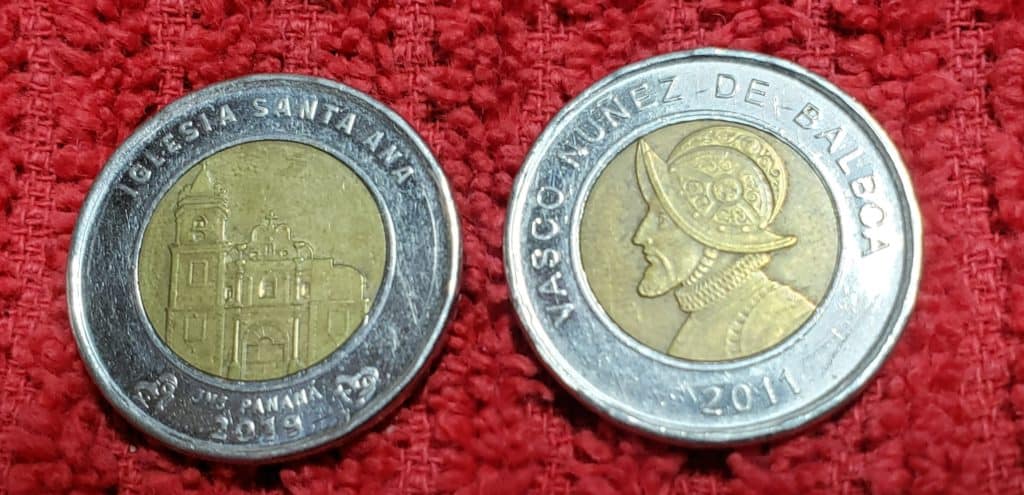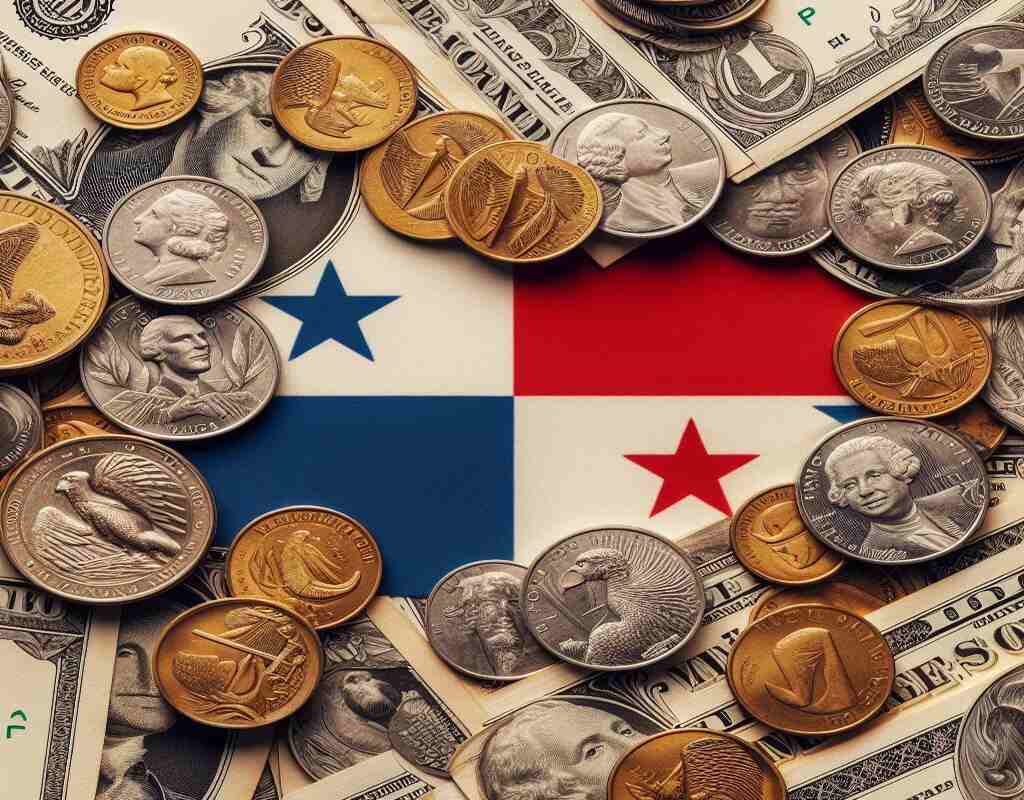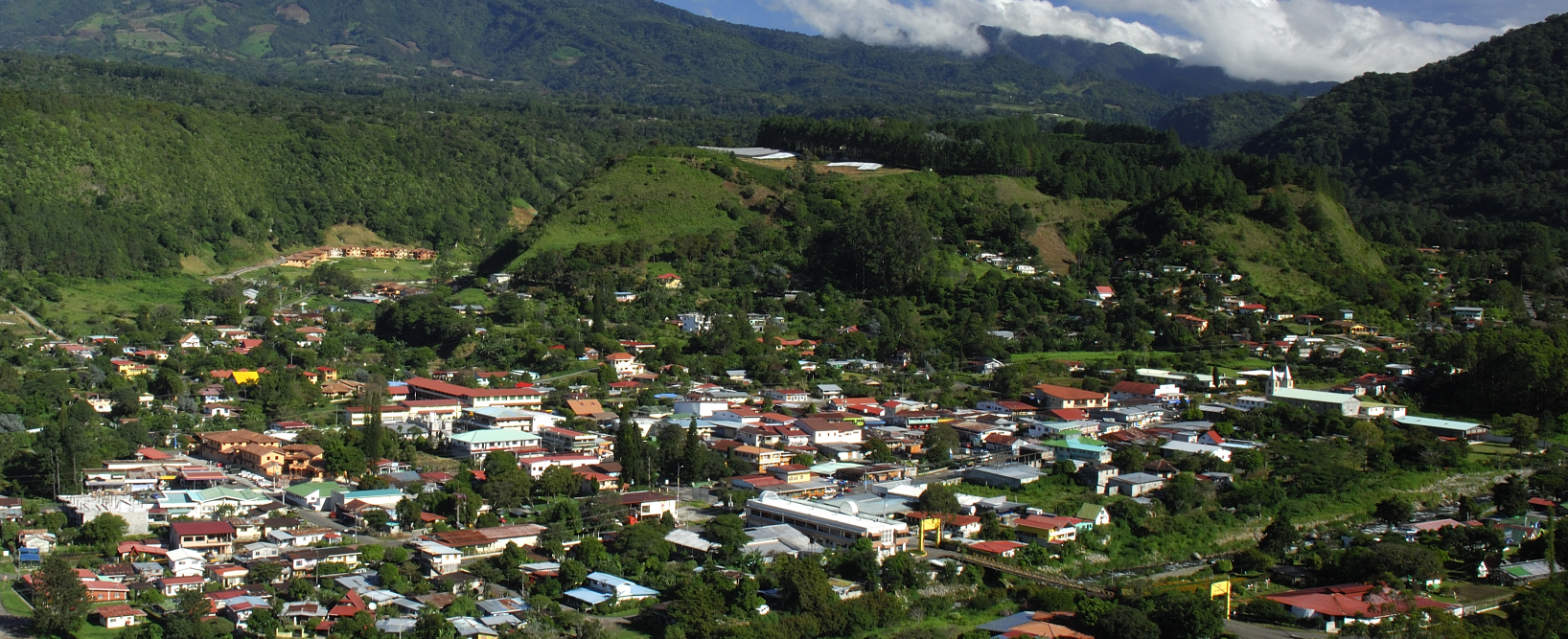One of the biggest advantages for U.S. citizens considering a move to Panama is that Panama uses the U.S. dollar as its official currency. This means you won’t have to worry about fluctuating exchange rates or the hassle of converting your money. From the moment you arrive, you can use your U.S. dollars for everything—rent, groceries, restaurants, and more—just like you would back home.
This simplifies budgeting, retirement planning, and everyday transactions. Whether you’re living in Panama full-time, spending a few months a year, or just scouting it out as a possible place to retire, the absence of an exchange rate makes financial planning more predictable and stress-free. It’s just one more reason why Panama is an ideal destination for Americans looking for a smooth, stable, and affordable lifestyle overseas.
Panama’s official currency is the balboa. However, Panama began using the U.S. dollar as legal tender in 1904, following its independence from Colombia in 1903. That year, Panama introduced its own currency, the balboa, named after the Spanish explorer Vasco Núñez de Balboa. The Balboa was pegged to the U.S. dollar at a 1:1 exchange rate—a parity that continues to this day.
Under a monetary agreement signed on June 20, 1904, both the Panamanian balboa and the U.S. dollar were declared legal tender in Panama. While Panama issues its own coins, it does not print paper currency; instead, U.S. dollar bills are used exclusively for paper money. This dual currency system has contributed to Panama’s economic stability and low inflation, making it one of the most dollarized economies in the world.
Panama does have Balboa coins in 1, 5, 10, 25, and 50 cent denominations and a $1 coin called a Balboa (see photo below). The coins are the same size as US coins and are used interchangeably. The coins are actually made in Canada. Panama does not have a central bank, so it cannot print money. All dollar bills used in Panama are US dollar bills.

Panama’s economy is completely market-driven. People must sell a product or service to make money; perhaps that is why Panama’s inflation is so low.
As of early 2025, Panama’s inflation rate remains notably low. In March 2025, the country experienced a deflationary trend with a year-over-year inflation rate of -0.41%, a decrease from -0.14% in February. The International Monetary Fund (IMF) projects that Panama’s inflation rate will average around 0.5% for the entire year, positioning it as the lowest in Latin America.
Trading Economics
This sustained low inflation is attributed to Panama’s dollarized economy, which limits the government’s ability to print money and helps maintain price stability. Additionally, prudent fiscal policies and a strong services sector contribute to this economic resilience. The IMF also forecasts a 4% GDP growth for Panama in 2025, the highest in the region, underscoring the country’s robust economic performance
Panama has a market-driven economy characterized by a strong services sector, minimal government intervention, and a high degree of openness to international trade and investment. Unlike many Latin American countries that rely heavily on agriculture or resource extraction, Panama’s economy is fueled by its strategic geographic location and the Panama Canal, which facilitates global trade and generates significant revenue. Other major economic drivers include banking and finance, logistics, real estate development, and a growing tourism industry. The country’s use of the U.S. dollar as legal tender and its favorable tax and regulatory environment have attracted multinational corporations and foreign investors, making Panama a hub for regional headquarters.
The Panamanian government plays a relatively limited economic role, allowing market forces to determine prices, wages, and investment flows. This hands-off approach, combined with free trade agreements and special economic zones like the Colon Free Zone and Panama Pacifico, has cultivated a pro-business climate. Panama has also diversified its economy in recent years by investing in infrastructure, expanding port facilities, and promoting innovation and entrepreneurship. While the economy is not without challenges, such as income inequality and a dependence on imports, Panama’s market-driven model has contributed to steady economic growth, low inflation, and increased foreign direct investment over the past two decades.
We’re often asked if there is a concern that Panama uses the US Dollar. I asked my friend Bob Adams of Retirement Wave to discuss this topic.
The Balboa is only found as a coin and can easily be used exactly the same as US coins at any time. Anyone will be happy to give you US coins for your Balboa coins before you leave. The Balboa is not a “currency” in the sense of the Colon in Costa Rica, the Peso in Colombia, and others like them. That is why Panama has no central bank. The coins are used simply to save money. Shipping and providing security die tons of pennies/nickels/dimes/quarters/half-dollars from the US costs more than just minting some of our own to fill out our supply of coins.
There is a Banking Superintendency to assure that local banks are solvent and operating within legal boundaries. It should be noted that Panama did not spend a single penny of its taxpayer’s money to support or bail out any local bank during the “global financial crisis” as happened in the US, UK, etc. When asked if they needed the support, the banking sector said, “No.”
The Panamanian Constitution forbids the nation from printing its own paper currency. The US dollar was chosen in 1904 for the obvious reason that the Americans were building a canal and bringing in a flood of their currency. Panama can change to any other currency at any time they like, or create their own.
Panama has 118 years of experience operating with the US dollar. Their inflation rate has normally been independent of the US, often lower. No one wants to change currencies. Any politician suggesting that would get ignored at best, but would not win an election. Panamanians have watched other Latin American nations fall into extreme inflation. That has never occurred here. Panamanians appreciate (yes, appreciate) that their politicians cannot print their currency, but the nation must earn every dollar it spends and pay back any loan with dollars earned. Panama would not trade its inflation rate history with any other Latin American nation, or the US.
Should they ever decide that the US dollar doesn’t work anymore, they can change to another currency of their choice and that is what you will pay to use the Canal, warehouse goods at the world’s second-largest free trade zone, purchase copper from one of the largest copper mines in the world, purchase liquified natural gas (LNG) from the largest LNG storage facility in Central America and the Caribbean, and so forth. We will go right on earning our way.
Panama will be affected, of course, but so will everyone else. Wherever you live, we are not interested in trading places. Panama has made it for 118 years through recessions, depressions, wars, market collapses, etc. We can get by for a few more.
Also, see this article from Mises about the benefits of Panama not having a central bank.




